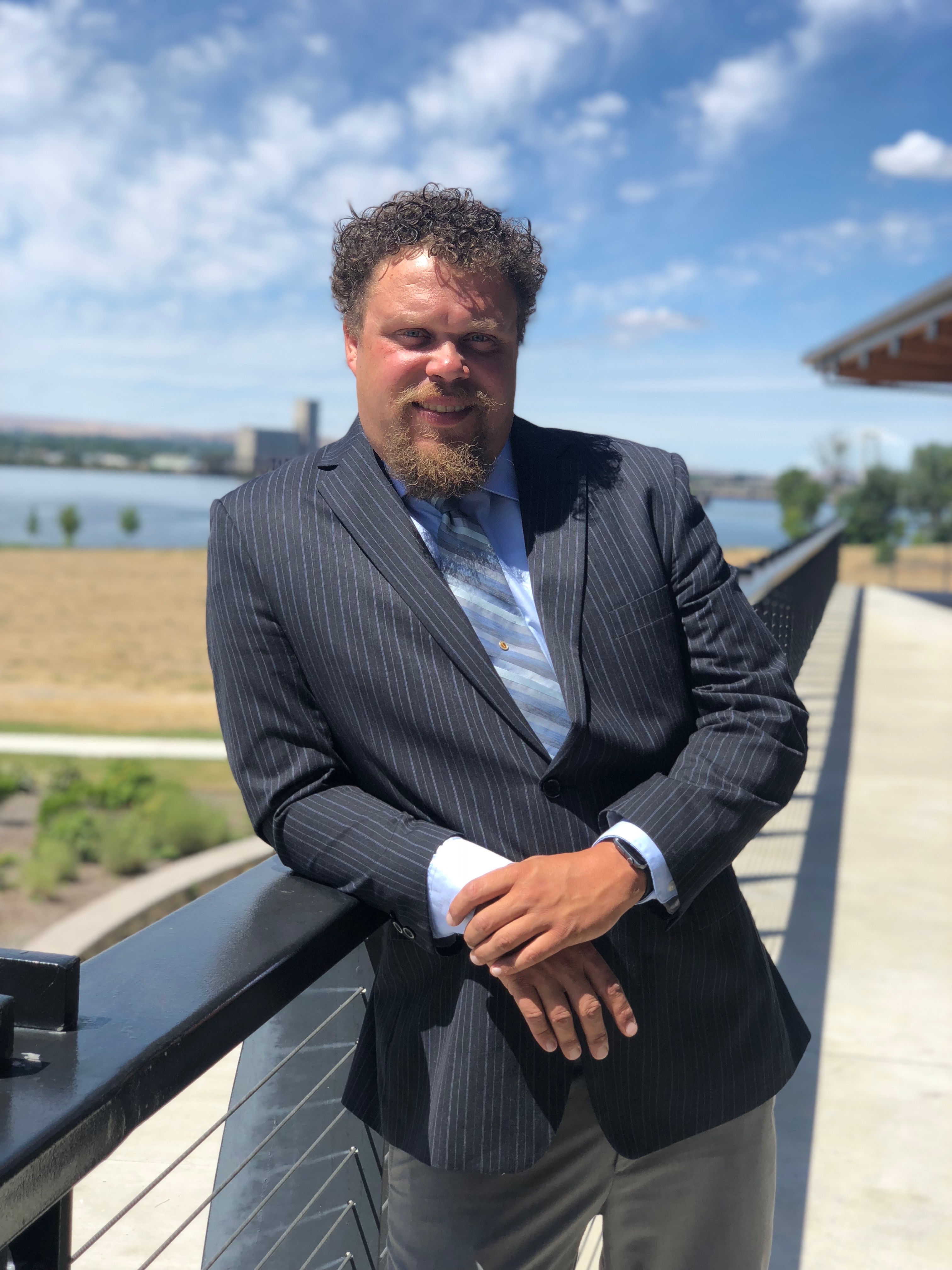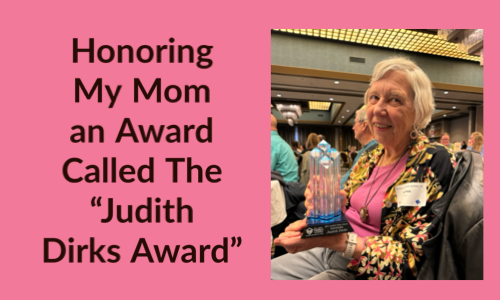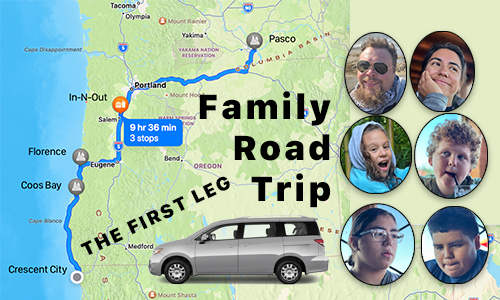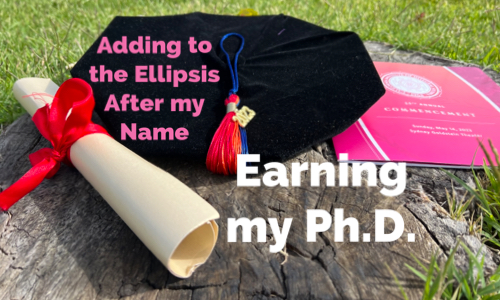Spring 2022 SOWK 487 Class 08 Weekly Email
Email sent on to SOWK 487
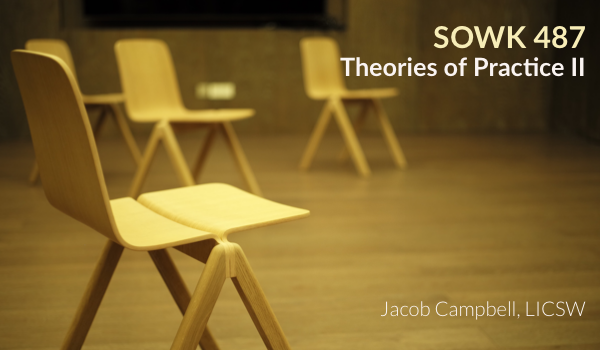
I’m looking forward to seeing all of you presentations. Again, I would highly recommend the readings for this week.
Unit Introduction and What You Will Learn
We bring our focus back to therapeutic group models during weeks eight and ten. First, this week we will look at the less structured mutual aid groups, and then after spring break, we will be looking into cognitive-behavioral group work. We will be examining what mutual aid groups are used for, the phases of helping that happen with mutual aid, facilitation of these groups. We will also be having groups present their A-02: Family Treatment Modality Research Presentation. Reading includes Gitterman (2017) who provides a clear description of the mutual aid model. Kurtz (2017) provides valuable information about self-help groups and how they are often run and operated.
Reference
Gitterman, A. (2017). Chapter 07 - The mutual aid model. In C. D. Garvin, L. M. Gutierrez, & M. J. Galinsky (Eds.), Handbook of Social Work with Groups (pp. 113-132). The Guilford Press.
Kurtz, L. F. (2017). Chapter 09 - Support and self-help groups. In C. D. Garvin, L. M. Gutierrez, & M. J. Galinsky (Eds.), Handbook of Social Work with Groups (pp. 155-170). The Guilford Press.
Unit Resources
You need to read Garvin et al. (2017) Chapters 7 and 9
Watch a video, Mutual Aid Model and Children with Special Needs, where I talked about the mutual AID model and related it to work with families with disabilities.
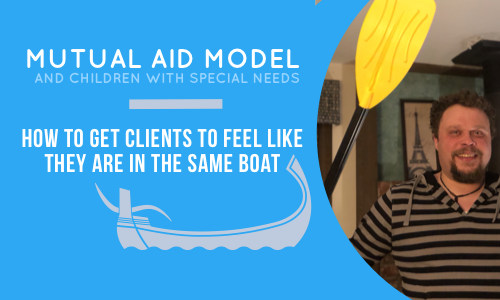
The presentation slides can be viewed through Notist on my website, where you can download them and follow along during class. SOWK 487 - Week 08 - Group Practice Models - Mutual Aid
View SOWK 487 - Week 08 - Group Practice Models - Mutual Aid.
Unit Assignments
A-01: Class Engagement and Attendance
Attend Class
A-02: Family Treatment Modality Research Presentation
Meta: Points 100 points (20% of final grade); Deadline Monday 03/07/22 during class; Completion Students will complete their group presentations during class.
Purpose: This assignment aims for students to collaboratively research a given topic to understand the empirical evidence around a specific modality of family treatment. It is also hoped that students will improve their ability to find and understand peer-reviewed research journals and use scholarly writing techniques. The presentation opens up a suitable occasion for students to practice making an academic presentation and discussing scholarly topics.
Task: Students will be placed into groups of three or four peers to complete a research project regarding an evidence-based treatment modality for family and or marital therapy. Students may select any intervention. The following are examples of empirically supported family therapeutic interventions: Jim Alexander’s Functional Family Therapy, Howard Liddle’s Multidimensional Family Therapy, Scott Henggler’s Multisystemic Therapy, Jose Szapocznik’s Brief Strategic Family Therapy, and Attachment-Based Family Therapy.
The presentation’s content would follow a similar format as a written article discussing a therapeutic intervention. It should include at least the following:
- Description and history of the treatment modality
- Treatment implementation and common techniques
- Research findings regarding efficacy
- Strengths and limitations of the selected treatment
- References
The presentation should take approximately 10–15 minutes. There is no set minimum number of articles you should be drawing from (but should be in the range of 5-10).
Criterion for Success: Students will provide an informative presentation about the therapeutic intervention. Grading will be based on the informational presentation rubric. Grades for the assignment will be included in the submission of midterm grades, which are required to be posted by the instructor no later than Wednesday 03/23/22 at 5:00 PM
To Do Lists
- A-01: Class Engagement and Attendance Attend class
- A-02b: Family Treatment Modality Research Presentation
- Read Garvin et al. (2017) Chapter 7 and 8
- Watch Mutual Aid Model and Children with Special Needs
